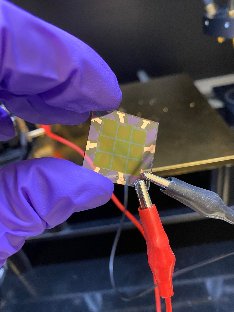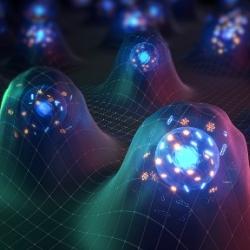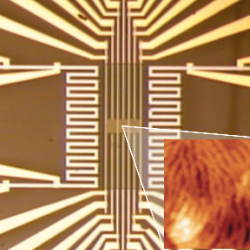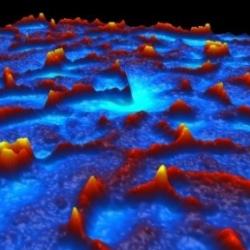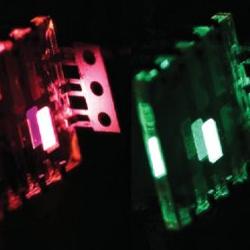There is a pressing need to reshape the world energy economy and shift to a sustainable, zero-carbon economy within the next 20-30 years. This sets huge scientific challenges but also offers enormous opportunities. To achieve a zero-carbon future we need both incremental improvements of existing technologies, but also new science and new materials to make use of the significant headroom that remains for improving the performance, cost, reliability, and sustainability of our energy technologies.
The Optoelectronics Group of the Cavendish Laboratory brings together several research groups interested in the fundamental materials and device physics of novel classes of organic semiconductors, hybrid organic-inorganic perovskite semiconductors as well as other functional materials, that could help addressing these challenges. These materials typically contain weakly van-der Waals bonded molecular units, that can be tuned by chemical design and give rise to unique physical properties and phenomena, including molecular quantum effects as well as strong coupling between electronic excitations and vibrational dynamics. Our focus is on understanding these phenomena in their full depth using a broad range of experimental approaches supported by theoretical simulations and to exploit them for applications in large-area electronics, optoelectronics, bioelectronics and renewable energy technologies.
More detailed information about specific research interests can be found on the following sites:
|
Photovoltaics: We study the optoelectronic physics of new, soft functional materials, including organic and hybrid organic-inorganic semiconductors and their use in solar cells and novel device concepts for harvesting solar energy. |
||
| Ultrafast optical spectroscopy and microscopy: We develop and use time-resolved optical spectroscopy and microscopy techniques that probe the fundamental electronic and ionic processes in novel energy materials with high spatio-temporal resolution. This provides powerful insight into the operation of a broad range of energy devices, ranging from photovoltanics to batteries. | ||
| Charge transport and thermoelectric physics of soft functional materials: 2/3 of our primary energy is currently wasted as heat. We research new thermoelectric materials and device concepts for converting waste heat into useful electricity. The unique characteristics of organic and hybrid organic-inorganic semiconductors could enable more efficient thermoelectrics, but the relevant physics needs to be better understood. | Sirringhaus | |
| Molecular Nanoscale Mechanics: We investigate the mechanical properties of organic macromolecular systems using nanoscale metrology and atomic force microscopy and realize new micro/nanofabricated resonant mechanical devices that convert mechanical into electrical energy. | Venkateshvaran | |
| Energy efficient lighting: Currently 20% of world electricity is used for lighting. There remains significant scope for further enhancing performance and efficiencies of light-emitting diodes and reducing their cost. For this we explore new organic and hybrid organic-inorganic semiconductors. |
We are currently working together on an EPSRC programme grant "VET-SOFT" on understanding vibration-enhanced transport in these functional materials with soft vibrational dynamics.

